STYLE
Beauty
What to know about exfoliating your face
Whether you're a skincare veteran or are battling your first bouts of acne (dw we've all been there!), there is no doubt that exfoliation is a must in your skincare routine. Exfoliation helps you achieve that flawless, glowy skin we all want, but it's often a forgotten step in girls' routines. You might be wondering what exfoliation is or how to do it, so here we've got the *perf* guide for you.
Why exfoliate?
The skin on your face, like the rest of the skin on your body, is constantly generating new skin cells to replace old ones and repair any skin damage. This leads to a buildup of dead skin cells, along with dirt and oil from everyday life, on your face. When these cells are left unchecked, they can clog your pores, keep your skincare products from working well and leave your skin looking dull.
Exfoliation fixes all of this by removing those dead skin cells, and this comes with a *ton* of benefits like preventing breakouts, evening out your skin texture and giving you an overall healthier glow to your skin.
How and how often should I exfoliate?
As a general rule of thumb, you should exfoliate two to three times a week, but definitely experiment to see what works for your skin. There are multiple ways to exfoliate, and they all fall under two categories: mechanical and chemical exfoliation.
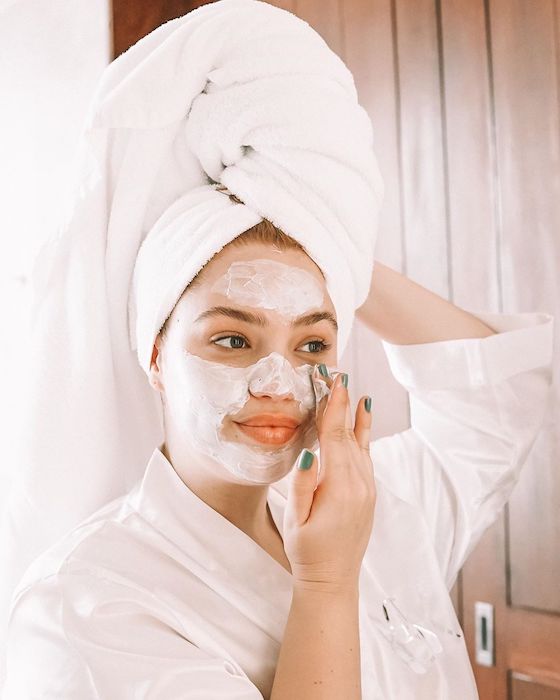
Image: https://www.instagram.com/firstaidbeauty/
Mechanical exfoliation
Mechanical exfoliation is when you use something like a sponge or brush to physically scrub your face. Some common products you can use for mechanical exfoliation are facial scrubs, exfoliating brushes, cloths and sponges.
Facial scrubs
Facial scrubs are similar to cleansers, but scrubs have little beads or particles in them that help to get rid of those dead skin cells. Use your scrub right after cleansing, and apply it just as you would a cleanser. As with all exfoliation, don't scrub too hard since the scrub can be too harsh or scratchy on your skin. Here are some of our *fave* scrubs:
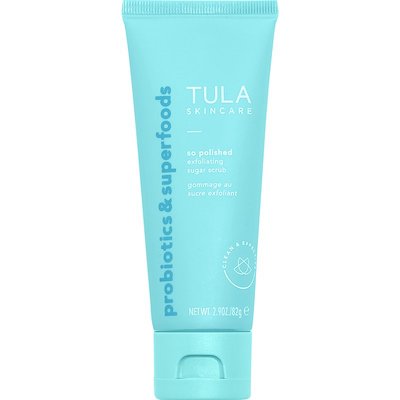
Tula So Polished Exfoliating Sugar Scrub - Ulta, $32

Acure Brightening Facial Scrub - Ulta, $10
Exfoliating brushes, cloths and sponges
If you use a brush, cloth or sponge, you can exfoliate while cleansing. Simply wet your cloth or sponge, add a dollop of your fave cleanser and rub it on your face in small, gentle circles. You can also use a facial scrub with your brush, cloth or sponge, but just be careful about rubbing to harshly on your skin. Here is a great sponge made from Konjac material, which is very common in facial sponges:
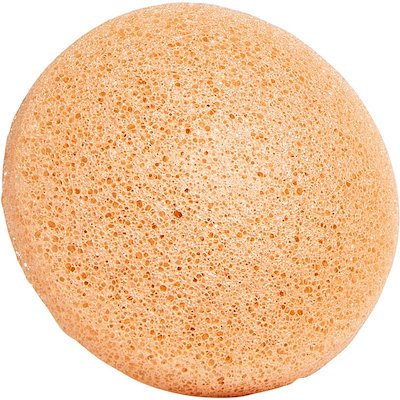
Honest Beauty Gentle Konjac Sponge - Ulta, $7
Chemical exfoliation
Chemical exfoliation is when you use products with certain types of acids that help break down the top layer of your skin that has all the dead skin cells and dirt. This type of exfoliation is gentler than mechanical exfoliation and can be a better option for sensitive skin types. The main acids in chemical exfoliation are AHAs and BHAs.
AHA
AHA is an alpha hydroxy acid. AHA products are great for getting rid of surface-level skin imperfections like an uneven skin tone and hyperpigmentation. Each AHA product varies in how strong each is, so make sure to follow the directions for whatever product you choose to use. Here are some trusty products to consider:
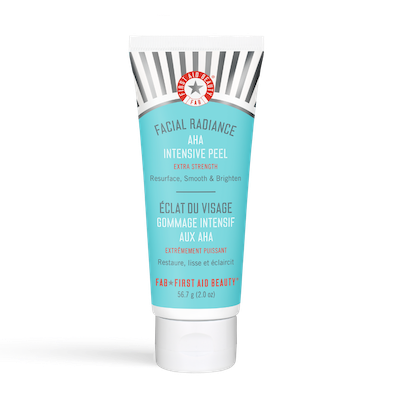
First Aid Beauty AHA Intensive Peel - First Aid Beauty, $32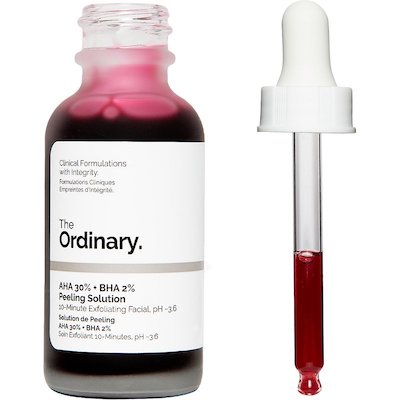
The Ordinary AHA 30% + BHA 2% Peeling Solution - Ulta $7
BHA
BHA stands for beta hydroxy acid, and unlike AHA, it works best under the surface for issues like blackheads and bumps on your skin. As with all chemical exfoliants, BHA products will vary in how they are used, and many products combine both AHA and BHA acids. Here's a great chemical exfoliant that uses both acids:
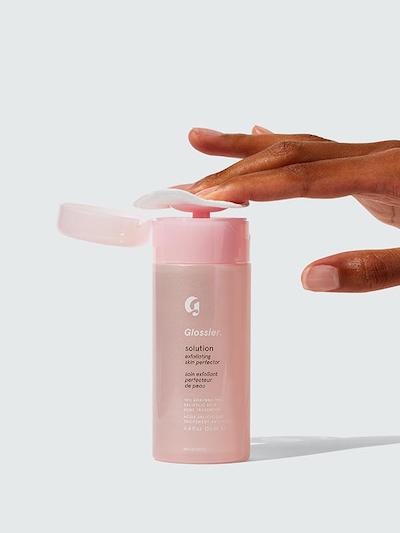
Glossier Solution - Glossier, $24
What's your fave skincare product? Let us know on Twitter @girlslifemag!
All GIFs via Giphy
Slider Image: https://www.instagram.com/firstaidbeauty/
POSTED IN skin problems

 become a contributor
become a contributor


















